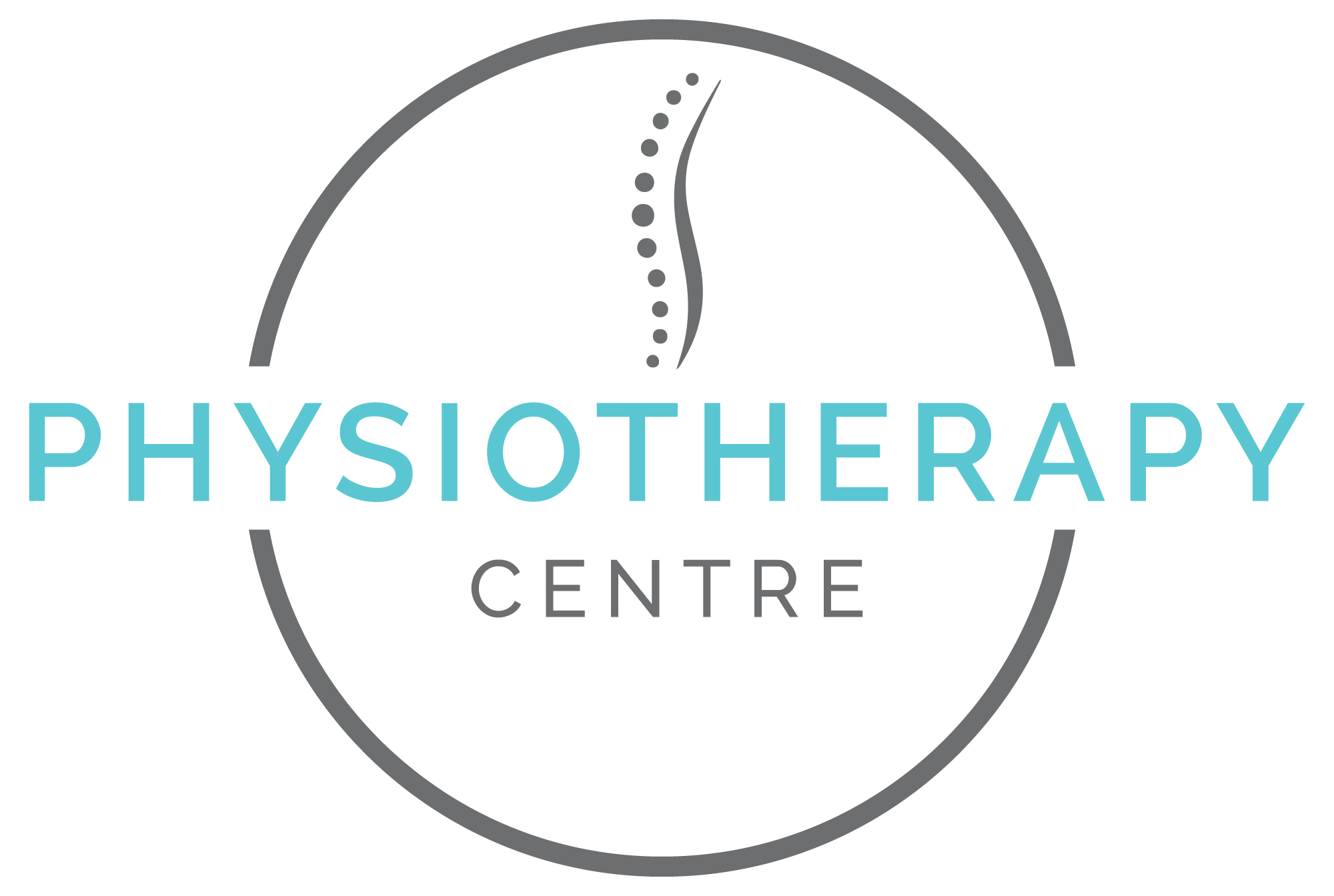A very common complaint we see here in The Physiotherapy Centre is from people will come in saying that their neck, their back and/or their knee feels stiff and tight. They haven’t done anything out of the ordinary, and this issue has come on over time. Does this sound familiar?
They say that they have previously had physiotherapy, did some stretches and it felt great, but in time the symptoms would come back no matter how hard they tried to stretch.
So why aren’t the stretches working? Because maybe they were never ‘tight’ in the first place! Instead of looking at muscles as “tight” or “loose”, let’s think of them as “on” or “off”.
People with perfect flexibility or even too much flexibility can sometimes report feeling tight. How could this be when they can bend over backwards and do the splits?
So what causes that feeling of tightness if it isn’t a muscle being ‘tight’?
To understand this we must talk for a moment about how muscles work.
Muscles are turned ‘on’ or ‘off’ by a chemical reaction and a signal coming from your nerves. The stronger this signal is, the more the muscle will work.
In our bodies we have postural muscles and dynamic muscles. Postural muscles are constantly working so that we can stay upright for example. Dynamic muscles such as our biceps generate power, but only for a short period. If these dynamic muscles are kept on for too long they will become fatigued.
To look at an example we are seeing a lot of recently, if you are sitting at your desk working from home. Using a mouse or laptop, this won’t tire you out immediately but work for a couple of hours without movement breaks and the muscles in your neck, shoulder, upper back will become fatigued and worn out. This can lead to a feeling of tightness.
Tightness is a real thing! For example after a surgery or not moving for a long time muscles will contract and you can lose some range of motion. But for a lot of people, they find stretching will only temporarily relieve symptoms. So what is the solution?
Keeping with the example of the shoulder, neck and upper back and the current work from home scenario. Sitting at a laptop, using a mouse isn’t difficult. However, we are in one position for a long period of time or using these muscles for longer than they can tolerate, they may start to produce pain. Research has shown that when comparing people with and without neck/shoulder pain, there is no difference when measuring the muscle ‘tightness’ objectively.
Pain is our body’s way of telling us to take action, the same way if we are extremely cold, hungry or in bad need of a wee, the feeling is almost painful. By doing this our body and brain are hoping that we will do something about it and the body will return to normal levels. This is called homeostasis but that’s a conversation for another day….

Back to our sore neck, shoulder or knee. Studies have shown that by combining stretching and strengthening we can get better improvements in pain and quality of life with these conditions. If you can strengthen the muscles that are involved in these activities, minor activities will no longer be enough to tire them out because you will be after increasing the endurance and work capacity of these areas. That means the muscle is no longer overworking when performing a previously challenging task.
People have been shown to have had very good results from feeling stiff and tight, to almost complete relief after some targeted strength training.
This brings up an important idea around strength. Some people may think of strength as just being for athletes or bodybuilders. Strength is dependent on the person, what you need to do in your life and how you want to use your body, be it climbing a mountain or playing with your kids.
So next time you are feeling stiff and tight, think about not just stretching but trying to strengthen the area to get some relief. Who better to ask about this than your chartered physiotherapist. Get in touch with us here at The Physiotherapy Centre.
Blog by: Odhrán Ó hUallacháin

What the evidence says:
Kayleigh De Meulemeester, Patrick Calders, Robby De Pauw, Ine Grymonpon, Anke Govaerts, Barbara Cagnie, Morphological and physiological differences in the upper trapezius muscle in patients with work-related trapezius myalgia compared to healthy controls: A systematic review,
Musculoskeletal Science and Practice, Volume 29, 2017, Pages 43-51, ISSN 2468-7812, https://doi.org/10.1016/j.msksp.2017.02.007. (http://www.sciencedirect.com/science/article/pii/S2468781217300486)
- There are no clear differences in muscle 454 morphology and physiology between subjects with trapezius myalgia and healthy controls.
- No clear morphological differences can be found between 381 people with trapezius myalgia and healthy controls. However, significant differences were mainly found in comparison with the control group with another occupation than the myalgic group. It can thus be hypothesized that morphological alterations in muscle tissue are related to workload and not to pain.
- Trapezius myalgia is a common musculoskeletal complaint, characterized by pain, stiffness and tightness of the trapezius muscle. It is often work-related and caused by prolonged static and repetitive work tasks.
Dieterich AV, Yavuz UŞ, Petzke F, Nordez A, Falla D. Neck Muscle Stiffness Measured With Shear Wave Elastography in Women With Chronic Nonspecific Neck Pain. J Orthop Sports Phys Ther. 2020 Apr;50(4):179-188. doi: 10.2519/jospt.2020.8821. Epub 2020 Jan 6. PMID: 31905095.
- Shear wave elastography revealed similar muscle stiffness in people with and without chronic neck pain despite the sensation of increased neck stiffness in those with chronic neck pain
- Therapeutic interventions aiming to reduce neck muscle tone are often based on the assumption that perceived neck stiffness corresponds to objective muscle stiffness. The current research question this assumption.
Akagi R, Kusama S. Comparison Between Neck and Shoulder Stiffness Determined by Shear Wave Ultrasound Elastography and a Muscle Hardness Meter. Ultrasound Med Biol. 2015 Aug;41(8):2266-71. doi: 10.1016/j.ultrasmedbio.2015.04.001. Epub 2015 May 2. PMID: 25944285.
- Individuals’ subjective assessment of neck and shoulder stiffness did not correspond to their objective symptoms, indicating the inadequacy of subjective evaluation of the neck and shoulder stiffness.
Louw S, Makwela S, Manas L, Meyer L, Terblanche D, Brink Y. Effectiveness of exercise in office workers with neck pain: A systematic review and meta-analysis. S Afr J Physiother. 2017;73(1):392. Published 2017 Nov 28. doi:10.4102/sajp.v73i1.392
- There is level II evidence recommending that clinicians include strengthening exercise to improve neck pain and QoL. However, the effect of endurance and stretching exercise needs to be explored further.


Recent Comments